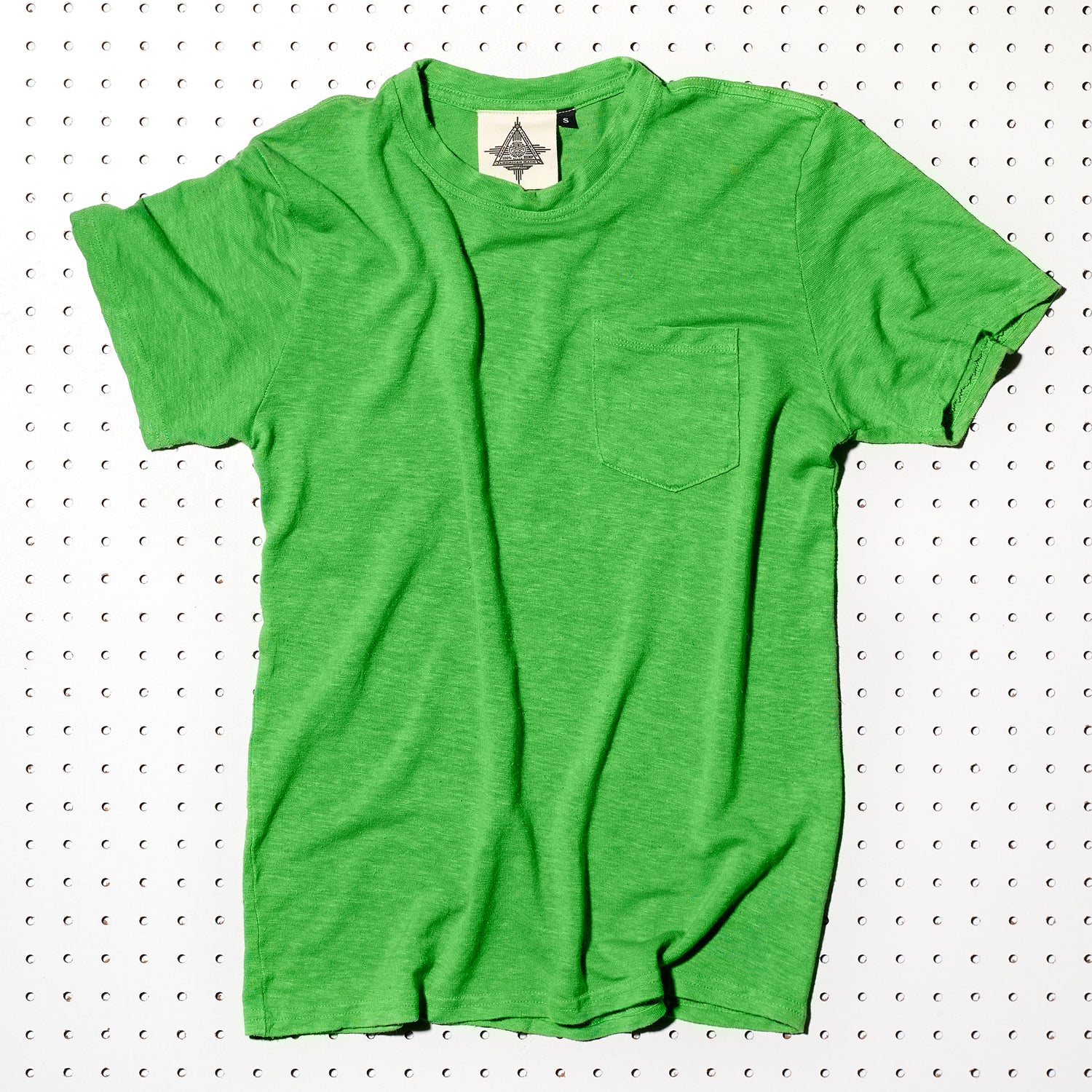In my third year as a whitewater guide in Oregon, I made an assumption that would haunt me for the rest of the season: that the waterproof jacket I had relied on for the past two years would continue to keep me dry. Those four soggy months revealed to me a singular problem. Though manufacturers have tried to root out animal cruelty and wasteful packaging, they’ve ignored how quickly many shirts, jackets, and other performance apparel wear out.
Thankfully, that’s starting to change.
“There is a lively debate right now around how to design for longevity,” says Jason Kibbey, CEO of the , which helps textile companies measure environmental impact.
It isn’t just ecological concerns driving the trend. Companies realize that thirtysomethings look at their closets differently. “They want to do more with less,” Kibbey says, crediting technologies that enable us to use fewer tools to accomplish more tasks.
There is a trade-off: cost. Items like (pictured, $78) have a hefty price tag compared with competing wares. But the company is betting that consumers won’t balk at paying more for something that lasts. “I’ve had our 8.75-ounce shirts for ten years,” says Jungmaven founder Robert Jungmann, 46, referring to the heavier-than-usual fabric used. “I’m not sure how long our new ten-ounce shirts will last, but I have a good feeling about them.”
∫⁄¡œ≥‘πœÕ¯ Editors Rank Products by Life Span¬Ý
1 year: North Face trail shoes
5 years: Rab shell
12 years: Patagonia water shorts
43 years: Stormy Kromer hat


